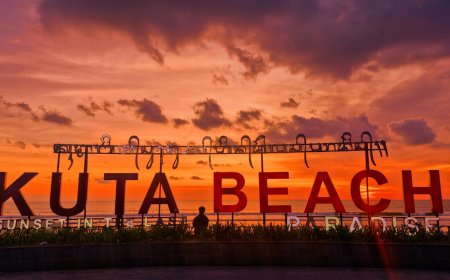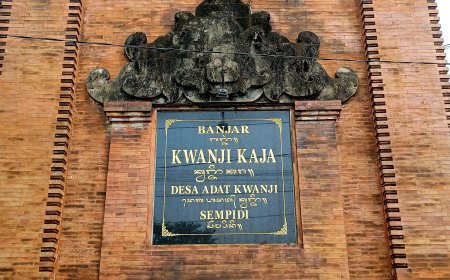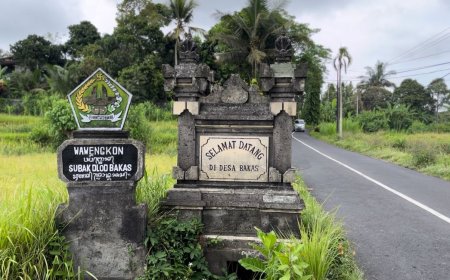Explore The Bualu Traditional Village : Location of the G20 Summit
Bualu Traditional Village has a rich history and culture, and it is worth exploring for anyone interested in learning more about Bali. What is Ngaben with magical fire on Bualu Village? the most tolerance place ?
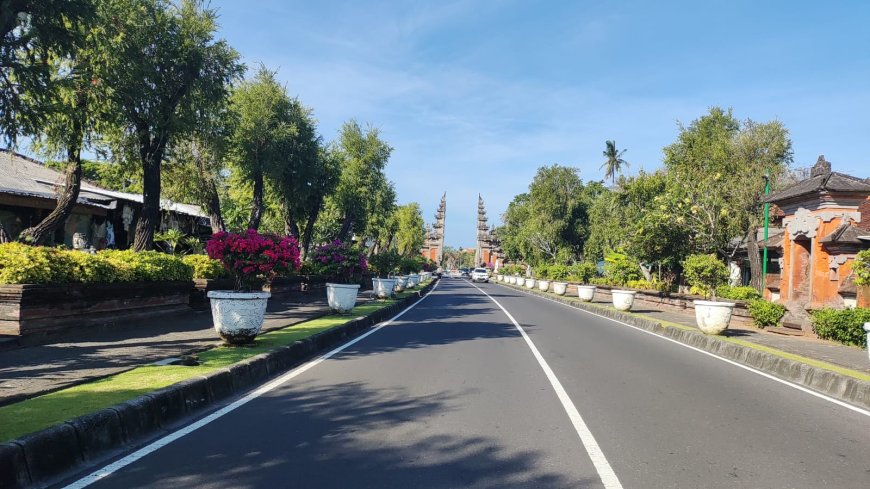
A few times ago, Indonesia hosted the G20 summit in Nusa Dua, Bali. The summit was a great success for the country, and it helped to raise awareness of Bali's natural beauty and cultural diversity. One of the villages that is home to Nusa Dua is Bualu Village. This village has a rich history and culture, and it is worth exploring for anyone interested in learning more about Bali.
Bualu Village is located in the southern part of Bali, in the Badung district. Because it is located in the southern part of the island of Bali, The village is known for its beautiful white-sand beaches, including Nusa Dua Beach and Segara Samuh Beach. Because it has a coastal area, the local residents of this village used to work as fishermen, which is related to the history of the formation of the Bualu Traditional Village.
Most of the Bualu Village area is a large coastal area so that many Kampial Village people look for fish there. Before splitting, Kampial Village and Bualu Village were one area called Kampial Benoa. Then many residents began to settle in coastal areas so that the Bualu Village was founded. Therefore, the Bualu Village and the Kampial Village still have the same grave or setra and the same Dalem temple but have separate village temples. The village temple of Bualu Village was built in 1960.
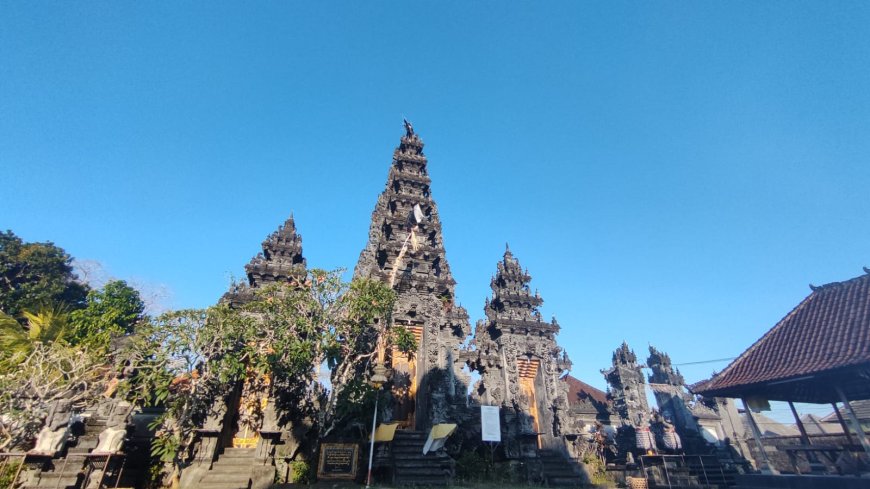
Dalem Tample From Bualu and Kampial Village ( Source : Editorial Collection )
The geographical location of the Bualu Village which is close to the Luhur Uluwatu Temple causes the Bualu Village have a cremation tradition called ngaben that is different from other villages on the island of Bali. Luhur Uluwatu Temple is located 15km southwest of the Bualu Village. Pura Luhur Uluwatu is one of the six temples known as the sad kahyangan temple. The six sad kahyangan temples aim to maintain the spiritual balance of the island of Bali.
In order to maintain the sanctity of Pura Luhur Uluwatu, surrounding villages, including the Bualu Village, are not allowed to burn bodies during cremation ceremonies in general. This is because the smoke from burning corpses will fly higher than Pura Luhur Uluwatu. When carrying out the cremation ceremony (Ngaben), the people of the Bualu Village burn their bodies using magical fire (niskala). The burning of the body will be led by Ida Pandita, he will be the one who will lead the cremation (Ngaben) activity procession. He burned the corpse with a request from Lord Shiva so that he could melt the corpse with magical (Niskala) fire. after the procession of melting the bodies is complete, the ceremony continues with the process of burying the bodies on a plot of land in the Setra Adat Bualu Lan Kampial Cemetery. The procession of burying the body is known as the mendem procession.
Ngaben ceremony itself is a cremation ceremony carried out by Hindus in Bali. This ceremony aims to speed up the gross body of humans so that they immediately reunite with nature. The cremation ceremony using real or even fire fire has been carried out by the people of the Bualu Village. However, it caused an outbreak in this village. Therefore, the burning of corpses in the Bualu Traditional Village has always used magical or niskala fire to this day.
Apart from having a beautiful white beach, the Bualu village also has a place called Puja Mandala. A place that is proof that religious tolerance on the island of Bali is very high. Various sources say that this puja mandala is located in the Kampial Village. However, Paja Mandala itself is still within the Bualu Traditional Village area. In the Puja Mandala area itself there are five holy houses from various religions.

Puja Mandala ( Source : Editorial Collection )
These holy houses are the Ibnu Battuta Grand Mosque, the Mary Mother of All Nations Church, the Guna Buddha Vihara, the GKPB Bukit Doa Congregation Church, and the Jagatnatha Temple. The five holy houses are actively used by each religious community who live in the South Kuta area.
During the Pengrupukan ceremony, the Banjar from the traditional village of Bualu will take turns making ogoh-ogoh kebo iwa. Kebo Iwa is an important figure who is part of the formation of Nusa Dua itself. At that time, the prime minister Kebo Iwa brought two large stones. He placed one of these stones in the village where Patih Kebo Iwa was born. Another stone was taken to the Majapahit Kingdom. However, the rock split into two and over time formed two islands known as Nusa Dua.
Eight banjars in the Bualu Village will be drawn to accept the obligation to make ogoh-ogoh kebo iwa. The eight banjars are Banjar Terora, Banjar Celuk, Banjar Peken, Banjar Penyarikan, Banjar Pande, Banjar Balekembar, Banjar Bualu, and Banjar Mumbul. Then the banjar who accepts the obligation to make ogoh-ogoh kebo iwa will receive first place in the ogoh-ogoh parade. The ogoh-ogoh parade will be held in Catuspata, Bualu Traditional Village.





















